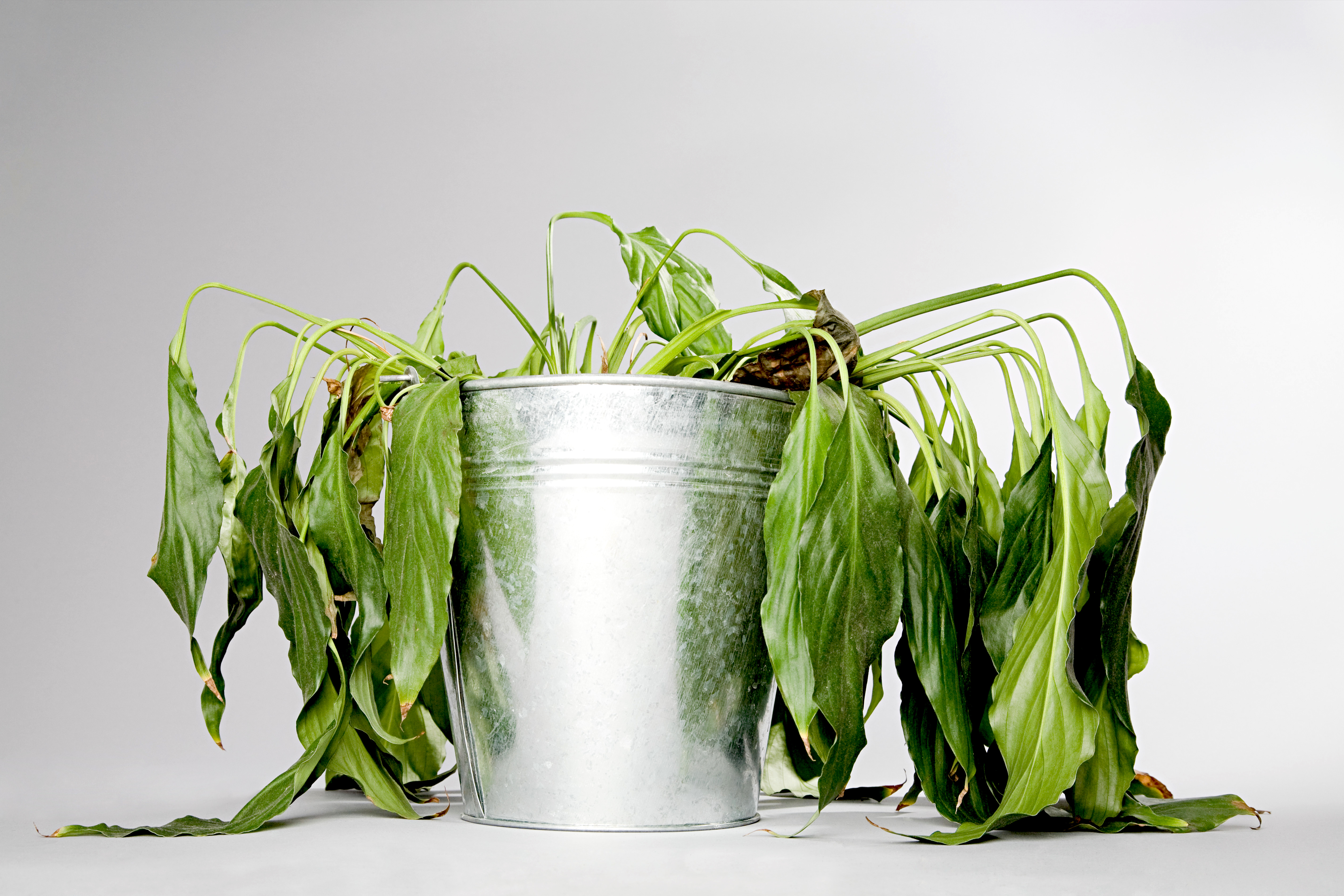Leaves Shrivel

Want to learn more about Symptoms: Leaves Shrivel
Get individual care schedule and reminders for your plant with our app Planta. Never kill a plant again!
Why are the leaves shriveling?
Some plants are more sensitive to changes in their environment than others. The leaves may sometimes start to shrivel in response to several reasons.
Symptoms
Dried and crispy leaves
Shriveled leaves

Common causes
Both too much and too little light can cause your plant's leaves to shrivel, especially if this is combined with incorrect watering as underwatering or overwatering.
Leaves might also dry and shrivel if the plant was recently placed in new growing conditions from what it's used to. Even species that can tolerate a lot of direct sunlight might get burnt if not slowly acclimated to it first.

What to think about
Schedule
Make sure to follow Planta's watering schedule, and use the Light Meter to check that your plant's location is suitable for its light needs
Watering
If you suspect that the leaves are shrivelling due to underwatering, it can be tempting to give your plant plenty of water to make up for the lack of moisture. However, you should be very careful with doing this, as it can actually make the problem worse! If you give your plant too much water all in one go after a period of drought, it can actually interfere with your plant's ability to take up water, and may result in your plant drowning in the excess water that it is not able to absorb. So, although it's important to make sure your plant does get some water if it's especially thirsty, make sure not to give too much all at once so as not to stress out your plant further. If some of the foliage has dried and turned crispy, the plant won't drink as much as before and the risk of overwatering is slightly higher.
Drainage
Similarly, always try to make sure that your plant has good drainage so that excess water can drain out, as these symptoms can additionally be caused by lack of drainage. If your plant's pot doesn't have holes in the bottom, you should preferably either swap it for one that does or, if possible, drill your own hole into the pot. Make sure to do this safely! This won't work for all pot types, so do your research first. Alternatively, if you have a particularly pretty pot that you still want to use but that doesn't have drainage holes, you can place your plant in a pot that does have drainage holes and then place that pot within the ornamental pot. Remember to avoid the pot standing in excess water either on a saucer or in an outer ornamental pot.
Location
If everything seems okay with your plant's lighting, watering and drainage, you may want to try moving it to a less drafty location or checking that the water you use isn't too hard. Tap water is often hard, meaning it contains high levels of salts and minerals which, in large amounts, can be detrimental to some sensitive plants. You can often find about the type of water in your location on your local water authority's website. If you believe sensitivity to lime could be the issue causing the leaves to shrivel, you may want to try giving your plant purified/filtered water instead, or watering your plants with rainwater.
Ph range
Most plants can tolerate a slightly higher range of pH but some plants have evolved to only grow in acidic soil, so called ericaceous plants or acid-loving plants. They can react badly if they are planted in the wrong type of soil, or exposed to mineral build up from hard tap water or fertilizers that will increase the pH. Plants that are sensitive to alkalinity should be planted in acidic or ericaceous soil mixes.